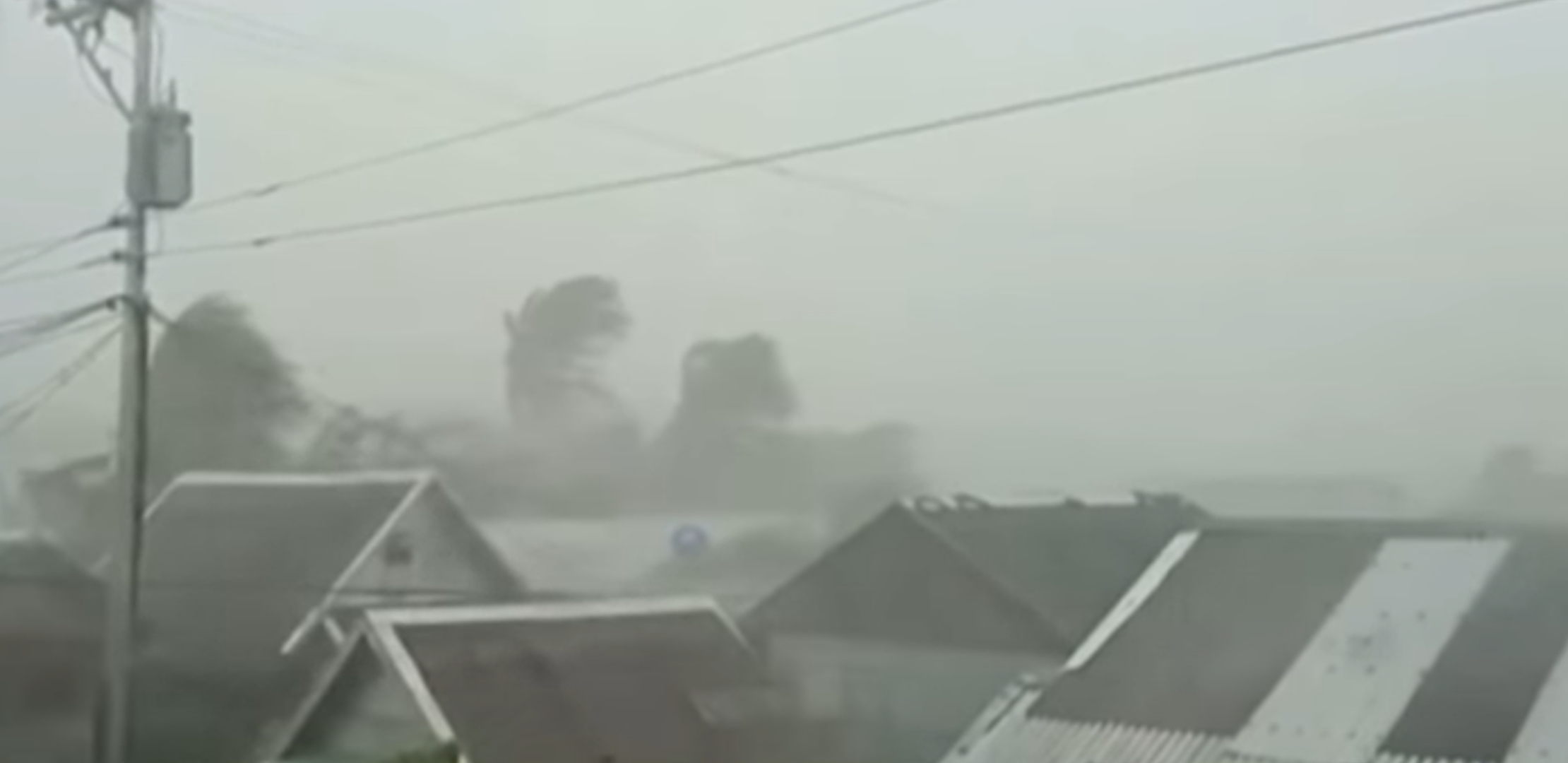
December 03, 2019
Anna Murray
Typhoon Kammuri, known locally as Tisoy, hit the Philippines with heavy rains and fierce winds on December 2 and 3. Tens of thousands of people were evacuated; more than 60,000 people reportedly left their homes in Bicol region. More than 100 flights in Manila’s Ninoy Aquino International Airport were canceled for 12 hours. Schools were shut down in several provinces and parts of Metro Manila on December 2.
The Philippines is usually hit by 20 storms and typhoons on a yearly average. The most powerful tropical cyclone was super Typhoon Haiyan in November of 2013. It was recorded with winds of 313 kilometers per hour and 281.9 mm of rainfall in some areas. In July of 2014, a similar Typhoon Rammasun (Glenda) killed 106 people and caused property losses of about P38.6 billion.
On December 3, the Typhoon Kammuri was reportedly to storm the regions of southern Quezon, Marinduque, and Romblon with maximum winds of 215 kilometers per hour and intensive rainfalls. In provinces of Oriental Mindoro in the east of the Philippines, Camarines Sur in the west and Zambales in the north, according to the government's report, 2 victims were killed by falling trees and 2 others died in roof collapse on December 3.
Photo:Webshot.
